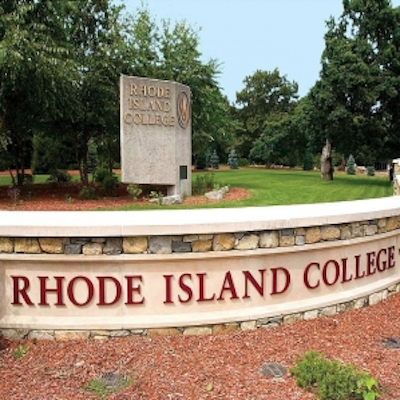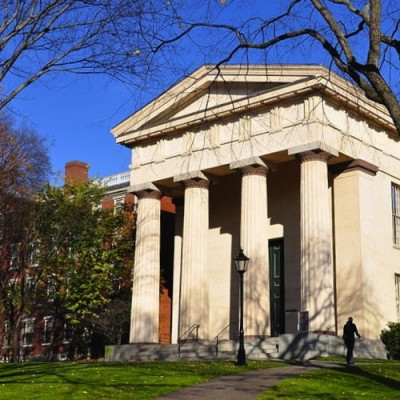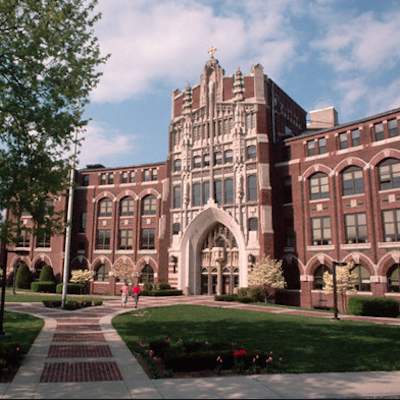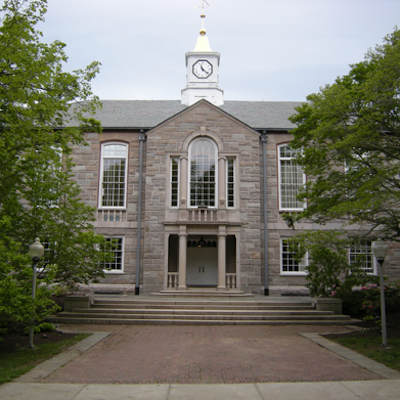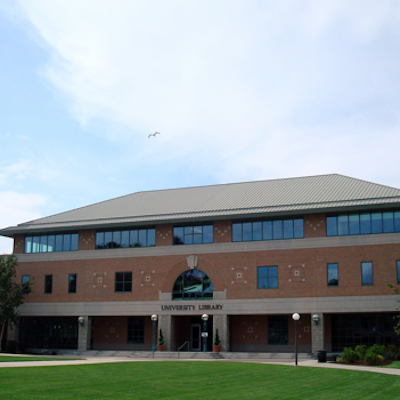Julia Steiny: If the CCSS Are Not Our Common Vision, What Is?
Wednesday, December 18, 2013
To my chagrin, people whom I respect took my column of last week out to the woodshed for a thrashing. I'd conflated those objecting to the Common Core State Standards (CCSS) into a single not very nice cohort of "Chicken Littles."
Actually, the voices protesting CCSS fall into two very different groups. Last week I took on the group whose objections are largely prompted by resisting change, by being asked to work towards aligning curricula to new standards, or by the need to sling the word "socialism" around whenever peeved. (Aren't public highways, colleges and fire protection socialistic?) So I got that off my chest.
The other group, however, has much more legitimate concerns about a wide range of issues. I don't agree with all of their objections either, but this group includes thoughtful people who are concerned for the kids and not merely whining. To them I apologize.
GET THE LATEST BREAKING NEWS HERE -- SIGN UP FOR GOLOCAL FREE DAILY EBLASTHowever, my intention was and still is to assert is that we'll never get anywhere if we don't know where we're going. We need common goals and objectives, at least in part to protect students from being pawns in our adult battles. The CCSS are the goals currently on the table. If they're not good enough, what are? Propose a positive alternative before just saying no.
For example, I've long admired the 2008 Educational Goals for Young Australians , over-arching statements of purpose that guide the education decision-making in that country. Australia has no national tests nor curriculum, so each of that country's six provinces meets the goals however they see fit, which is how it's supposed to work with the CCSS. According to international tests, Aussie kids do very well.
I envy a culture that has these aspirations for their young people:
Goal 1: Australian schooling promotes equity and excellence
Goal 2: All young Australians become:
– successful learners
– confident and creative individuals
– active and informed citizens
Achieving these educational goals is the collective responsibility of governments, school sectors and individual schools as well as parents and carers, young Australians, families, other education and training providers, business and the broader community.
Since we're good, practical Americans, the CCSS goals focus on ramping up skills and knowledge. The mission statement concludes: "With American students fully prepared for the future, our communities will be best positioned to compete successfully in the global economy." It's not as loving as I would like, but it is a vision for all U.S. children, and not just some.
The irony is that last week I felt some urgency first to support the considerable work that went into creating the CCSS common vision, precisely so I could address the specific problems that I am also finding in the standards.
Yes, I should have realized last week that I am far from alone.
To date, the most commonly-expressed complaint is that the attention given to classical literature is radically reduced in the English Standards. I adore Dickens and the rest. I hate watching the Western-Civilization canon all but disappear in the face of political correctness and the challenges of teaching plugged-in students. But no one is dictating how the districts meet the standards. The CCSS are specifically designed to bolster critical thinking more than memorization. If educators are serious about critical thinking, they'd be hard pressed to find anything more intellectually challenging than great literature, drama and poetry. It's particularly weird that the CCSS emphases non-fiction reading, in English, while seeming to forget entirely about science and history, subjects populated only by non-fiction. Surely districts would straighten that out.
The test creators seem full-on incompetent.
But while the CCSS soft launch of three years ago was unencumbered by the reality of implementation, now rubber is meeting the road. The abstractions typical of educational standards are now becoming more concrete in the actual curricula and tests. Sadly, the CCSS vision does not seem to be delivering educators' best work.
The recent CCSS-aligned pilot tests in New York state were a disaster. They seem to have been written by people who hadn't the foggiest idea as to what is developmentally appropriate for a kid to know. The questions were wildly confusing. Find a teacher's comments and a copy of the test here.
With the implementation of the standards getting botched here and there, one by one, states are pulling out of the testing programs. That's fine. Delay the tests. Big relief.
In fact, now that the standards have finally caught the public's attention, we have an opportunity to focus on what we're trying to accomplish. The public needs to weigh in. What's the vision? Personally, I believe the CCSS is a strong enough draft, it can be honed to help children become truly successful.
But if not, we could just adopt the work of the Australians who at least give a poop about their kids' confidence and creativity, as well as excellent schooling.
Julia Steiny is a freelance columnist whose work also regularly appears at EducationNews.org . She is the founding director of the Youth Restoration Project, a restorative-practices initiative, currently building demonstration projects in Rhode Island. She consults for schools and government initiatives, including regular work for The Providence Plan for whom she analyzes data. For more detail, see juliasteiny.com or contact her at [email protected] or c/o GoLocalProv, 44 Weybosset Street, Providence, RI 02903.
Related Slideshow: RI 4 Year Colleges & Universities with the Highest Student Debt
Seven in 10 college seniors (71%) who graduated last year had student loan debt, with an average of $29,400 per borrower, according to a new report released by the Institute for College Access and Success. According to the Institute’s Project on Student Debt, Rhode Island has the fifth highest student debt in the country, but what about the state's individual institutions? Check out the slides below to see the average debt graduates accrued at Rhode Island colleges and universities.
Note: All data is based on four-year or above institutions for students graduating in the 2011-2012 academic year. Johnson and Wales University and the Rhode Island School of Design are not included in the data below, because they did not report the average debt of their graduates.
Related Articles
- Julia Steiny: Teach Real Algebra Instead of Wasting Time with Apps
- Julia Steiny: It’s Building Kids’ Vocabulary, Stupid.
- Julia Steiny: Common Core Standards Freak Out Chicken Littles
- Julia Steiny: Toys “R” Us Uses Kids to Pimp Their Products
- Julia Steiny: High-Stakes Testing Works If Kids Go To School
- Julia Steiny: A Smart Way To Engage Math-Haters
- Julia Steiny: If Only Congress Could Get A Divorce
- Julia Steiny: Middle-school Puberty–The Elephant in the Classroom
- Julia Steiny: What Is International Restorative Justice Week?
- Julia Steiny: The Importance of Having a Father
- Julia Steiny: Giving Thanks for What’s Left of Childhood Magic
- Julia Steiny: Bringing Kids In Trouble Back From The Brink
- Julia Steiny: Recruiting Family Before Foster Care
- Julia Steiny: Computer Science is Critical Thinking on Steroids
- Julia Steiny: Bring Back The ‘C’ Grade
- Julia Steiny: In US Schools, Incorrect Answers Are ‘Un-American’
- Julia Steiny: Great Communities Are Happy, Healing Places
- Julia Steiny: Public Admits Being ‘Clueless’ About Education
- Julia Steiny: Digital Badges Bust Out of School-Defined Learning
- Julia Steiny: Economy To Youth: Make Your Own Jobs



